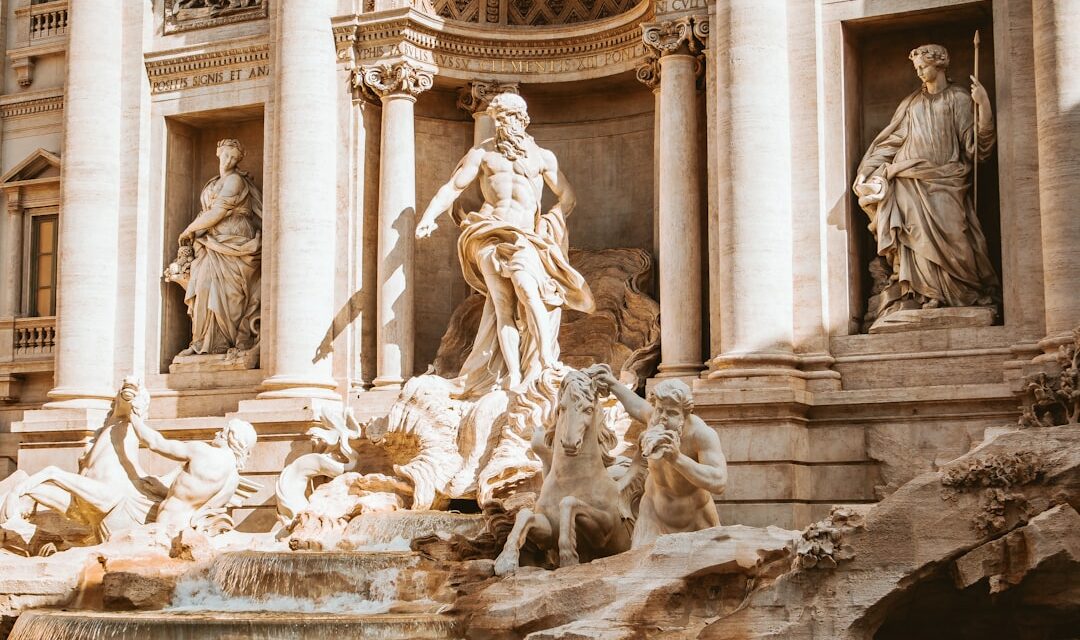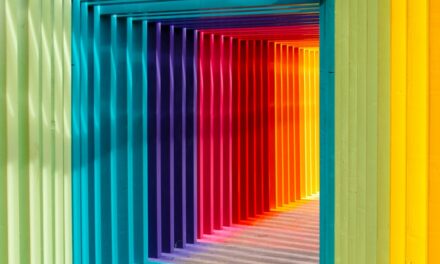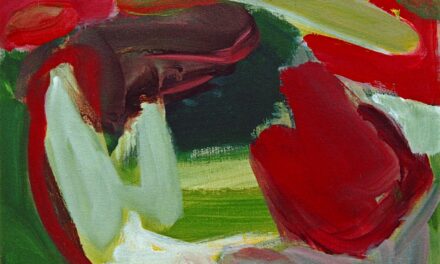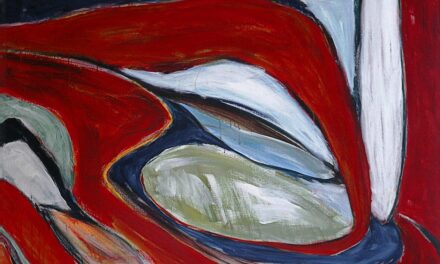Giacomo Balla was born on 18 July 1871 in Turin, Italy. He was the son of an industrial chemist and was raised in a middle-class family. Balla demonstrated a strong interest in art from an early age and began taking drawing lessons at nine years old.
He subsequently attended the Accademia Albertina di Belle Arti in Turin, where he studied painting and drawing. During his time at the academy, Balla was exposed to various artistic styles and movements, which would later inform his own work. Upon completing his studies at the academy, Balla relocated to Rome in 1895, where he continued to hone his artistic skills.
He was particularly drawn to the vibrant and dynamic urban environment, which would become a recurring theme in his later works. Balla’s early paintings were influenced by the Divisionist style, characterised by the use of small, distinct dots of colour to create a sense of movement and light. This technique would later evolve into his signature style, known as ‘Futurism’, which aimed to capture the energy and speed of modern life.
Summary
- Grew up in a working-class family in London and showed an early talent for drawing and painting
- Studied at the Slade School of Fine Art and was influenced by the works of Vincent van Gogh and Paul Cézanne
- Embraced the Futurist movement, which celebrated modern technology and the dynamism of urban life
- Known for his iconic paintings such as “Dynamism of a Dog on a Leash” and “The City Rises”
- His innovative use of movement and technology had a lasting impact on modern art and inspired future generations of artists
- Sadly died at the young age of 33, but his legacy continues to influence the art world
- Received posthumous recognition for his contributions to the art world, including a major retrospective at the Tate Modern
Artistic Influences and Style
Influence of Futurism
Futurism was a revolutionary art movement that emerged in Italy in the early 20th century. It aimed to capture the dynamism and energy of modern life, embracing technology, speed, and urbanisation. Balla’s paintings from this period reflect these ideals, with their bold use of colour, fragmented forms, and dynamic compositions.
Experimentation with New Techniques
His interest in the intersection of art and technology led him to experiment with new techniques and materials, such as incorporating elements of collage and mixed media into his work. Balla’s fascination with light and movement also led him to explore the concept of “plastic dynamism,” which sought to convey a sense of motion and energy through abstract forms and patterns.
Artistic Development
Balla’s artistic style continued to evolve, reflecting his fascination with the modern world and his desire to capture its essence through his art. His innovative approach and bold use of colour and form cemented his position as a leading figure in the Futurist movement.
Role in the Futurist Movement
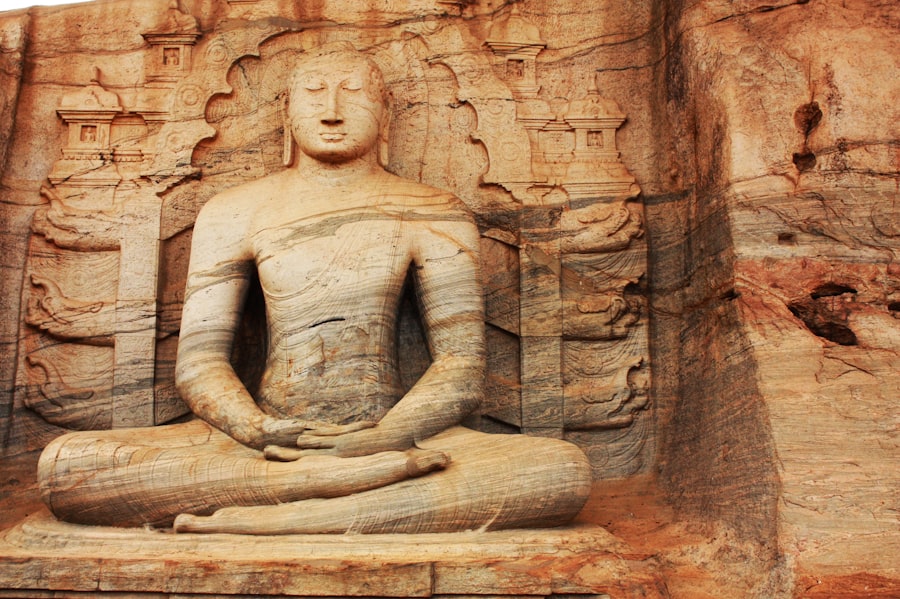
Balla played a pivotal role in the development and popularization of the Futurist movement. In 1910, he signed the “Manifesto of Futurist Painters” along with other prominent artists, including Umberto Boccioni and Carlo Carrà. This manifesto outlined the key principles of Futurist art, advocating for a break from traditional artistic conventions and a focus on capturing the dynamism of modern life.
Balla’s own contributions to the movement were instrumental in shaping its visual language and aesthetic. One of Balla’s most significant contributions to Futurism was his development of “Futurist Painting: The Force Lines of Speed.” This technique involved using bold, sweeping lines to convey a sense of movement and energy within the composition. Balla’s interest in the concept of speed and motion also led him to experiment with “chronophotography,” a technique that captured multiple images of a moving subject in rapid succession.
These experiments informed his later paintings, which sought to convey a sense of movement and change over time. Balla’s involvement in the Futurist movement extended beyond his artistic practice. He was an active participant in Futurist exhibitions and events, promoting the movement’s ideas and principles to a wider audience.
His commitment to advancing the cause of Futurism helped to establish it as a significant force within the broader cultural landscape of early 20th-century Italy.
Notable Artworks
Throughout his career, Balla produced a diverse body of work that reflected his ongoing exploration of Futurist principles. One of his most famous paintings is “Dynamism of a Dog on a Leash” (1912), which exemplifies his interest in capturing movement and energy within a static image. The painting depicts a dog on a leash, rendered in fragmented forms that convey a sense of rapid motion.
The use of bold lines and vibrant colors creates a dynamic composition that captures the essence of Futurist aesthetics. Another notable work by Balla is “Street Light” (1909), which showcases his fascination with light and its transformative effects on urban landscapes. The painting depicts a street scene at night, with the glow of a streetlight casting dramatic shadows and reflections on the surrounding architecture.
Balla’s use of bold colors and geometric shapes creates a sense of heightened reality, evoking the bustling energy of city life. In addition to his paintings, Balla also experimented with other artistic mediums, such as sculpture and design. His “Futurist Chair” (1917) exemplifies his interest in integrating art and technology, with its sleek, streamlined form and dynamic lines.
This innovative approach to design reflects Balla’s commitment to extending Futurist principles beyond traditional artistic boundaries.
Impact on Modern Art
Balla’s contributions to modern art were far-reaching and influential. His pioneering work in the development of Futurism helped to establish it as a significant avant-garde movement within the broader context of European art. His innovative use of color, form, and composition paved the way for future generations of artists to explore new ways of representing the modern world.
Balla’s emphasis on capturing movement and energy within his paintings also had a lasting impact on subsequent artistic movements, such as Cubism and Abstract Expressionism. His dynamic compositions and bold use of line and color inspired artists to push the boundaries of traditional representation, seeking new ways to convey the complexities of modern life. In addition to his artistic legacy, Balla’s influence extended to the realm of design and architecture.
His interest in integrating art and technology foreshadowed later developments in modernist design, particularly within the fields of industrial design and interior architecture. His “Futurist Chair” remains an iconic example of his innovative approach to merging art and functionality.
Tragic Death and Legacy

Persevering Through Adversity
Despite these challenges, he continued to paint and exhibit his work until his death. Balla’s legacy as a pioneering figure within the Futurist movement endures to this day. His innovative approach to capturing the dynamism of modern life continues to inspire artists and scholars alike.
A Lasting Impact on Modern Art
His contributions to the development of Futurism helped to shape the course of 20th-century art, leaving an indelible mark on the trajectory of modernism.
Enduring Legacy
Balla’s pioneering spirit and artistic vision continue to influence contemporary art, ensuring his legacy as a true innovator in the world of modern art.
Recognition and Honors
In recognition of his significant contributions to art and culture, Balla received numerous accolades and honors throughout his career. In 1955, he was awarded the Grand Prize for Painting at the Venice Biennale, cementing his status as a leading figure within the Italian art world. His work has been exhibited in major museums and galleries around the world, ensuring that his legacy continues to be celebrated by future generations.
In addition to these accolades, Balla’s impact on modern art has been commemorated through various tributes and retrospectives dedicated to his work. His paintings continue to be studied and admired for their innovative approach to capturing the essence of modernity. As one of the pioneering figures within the Futurist movement, Balla’s legacy remains an enduring testament to the power of art to transcend boundaries and inspire new ways of seeing the world.
If you are interested in learning more about the art movement that influenced Umberto Boccioni, you should check out the article on Cubism. This avant-garde movement, which originated in the early 20th century, had a significant impact on Boccioni’s work and the development of Futurism. To read more about the origins and key characteristics of Cubism, visit https://thinkofart.com/cubism/.
FAQs
Who is Umberto Boccioni?
Umberto Boccioni was an Italian painter and sculptor, and a leading figure in the Futurist movement. He was born on October 19, 1882, in Reggio Calabria, Italy, and died on August 17, 1916, in Verona, Italy.
What is the Futurist movement?
The Futurist movement was an artistic and social movement that originated in Italy in the early 20th century. It emphasized the dynamism, speed, and energy of modern life, and sought to break away from traditional artistic forms.
What are some of Umberto Boccioni’s most famous works?
Some of Boccioni’s most famous works include “The City Rises,” “Unique Forms of Continuity in Space,” and “Dynamism of a Cyclist.”
What was Boccioni’s artistic style?
Boccioni’s artistic style was characterized by a focus on movement, speed, and the portrayal of modern life. He was known for his use of dynamic lines and bold colours, as well as his exploration of the human form in motion.
What was Boccioni’s impact on the art world?
Boccioni’s work had a significant impact on the development of modern art, particularly in the realm of sculpture and the portrayal of movement. His ideas and techniques continue to influence artists to this day.
